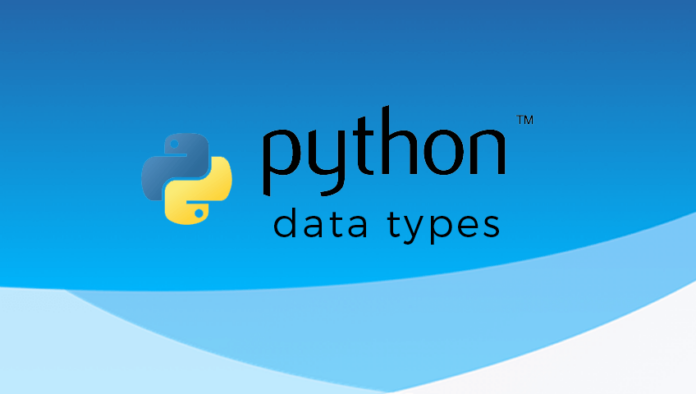Python Basic Data Types: The Key to Managing Your Data
Python is a versatile programming language used in many fields such as data science, web development, and artificial intelligence. At the core of this power and flexibility are the basic data types that allow you to effectively manage and process your data. In this comprehensive guide, we will delve into Python’s basic data types, exploring their characteristics, use cases, and practical examples of how they are used. If you are new to Python programming, you can explore the content in our Programming Language Basics category to acquire foundational knowledge.
Why Are Python Basic Data Types Important?
Choosing the right data types to store and process your data directly impacts the readability, performance, and reliability of your code. Each data type is optimized for storing and manipulating specific kinds of data. For example, you would use the str (string) data type to store text data and the int (integer) or float (floating-point) data type to store numerical data.
Python’s Basic Data Types
Python offers a variety of data types. These data types can be divided into two main categories: simple (scalar) and complex (non-scalar):

Numeric Data Types
int(Integer): Represents whole numbers.number = 42 print(type(number)) # Output: <class 'int'>float(Floating-point): Represents decimal numbers.pi = 3.14159 print(type(pi)) # Output: <class 'float'>complex: Represents complex numbers. For more information, you can visit the Python Official Documentation – Basic Data Types page.z = 1 + 2j print(type(z)) # Output: <class 'complex'>
Textual Data Types
str(String): Represents text data. Defined within single quotes (') or double quotes (").message = "Hello, Python world!" print(type(message)) # Output: <class 'str'>
Boolean Data Type
bool(Boolean): Takes the valuesTrueorFalse. Used in logical operations and conditional statements.status = True print(type(status)) # Output: <class 'bool'>
Sequence Types
list: An ordered and mutable collection of data. Defined within square brackets ([]).fruits = ["apple", "pear", "banana"] print(type(fruits)) # Output: <class 'list'>tuple: An ordered and immutable collection of data. Defined within parentheses (()).coordinates = (3, 5) print(type(coordinates)) # Output: <class 'tuple'>range: Creates a sequence representing numbers within a specified range. Often used with loops.for i in range(1, 6): print(i) # Prints numbers from 1 to 5
Mapping Types
dict(Dictionary): A data structure that stores data in key-value pairs. Defined within curly braces ({}).student = {"name": "Alice", "age": 20, "major": "Computer Science"} print(type(student)) # Output: <class 'dict'>
Set Types
set: An unordered collection of unique elements. Defined within curly braces ({}) or created using theset()function.numbers = {1, 2, 3, 1} # Unique elements: 1, 2, 3 print(type(numbers)) # Output: <class 'set'>frozenset: An immutable set. Created using thefrozenset()function.colors = frozenset(["red", "green", "blue"]) print(type(colors)) # Output: <class 'frozenset'>

Tips for Working with Python Data Types
- Checking Data Type: You can use the
type()function to find out the data type of a variable. - Type Conversions: You can convert data types to each other using functions like
int(),float(), andstr(). - Choosing the Right Data Type: Select the appropriate data type based on the nature of your data and the operations you will perform. This improves the performance and readability of your code.
- Collections: Collection data types like lists, tuples, dictionaries, and sets are used to store and manage multiple data items.
- Mutability: Lists and dictionaries are mutable, while tuples and frozensets are immutable.
Conclusion
Python’s basic data types provide a solid foundation for effectively managing and processing your data. In this guide, you have learned about the characteristics, use cases, and practical examples of each data type. Now you can write more readable, performant, and reliable code in your Python projects by choosing the right data types.


